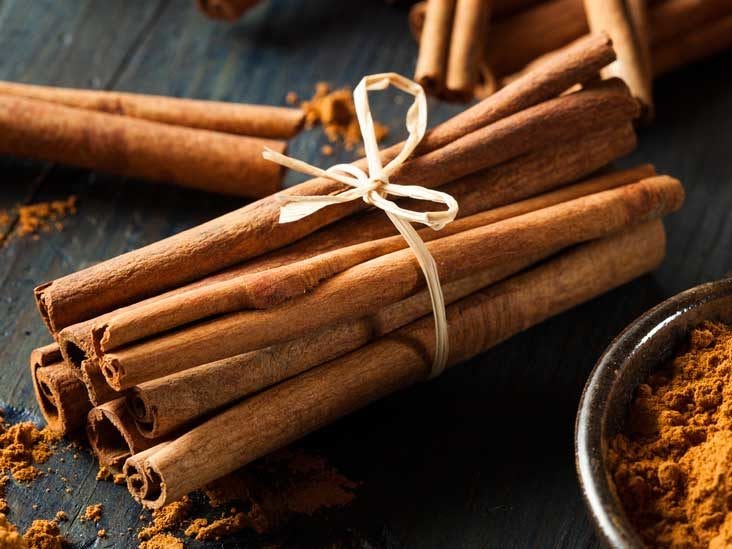
Metabolic syndrome is associated elevated glucose/lipids, inflammation, decreased anti-oxidant activity, weight gain, glycation of proteins, and insulin resistance (Qin, Panickar, & Anderson, 2010). Interestingly, the ingestion of simple spices, like cinnamon, has shown promise in helping control one manifestation of metabolic syndrome; insulin resistance. The following sections will consider, in more detail, the influence of cinnamon in controlling blood glucose levels.
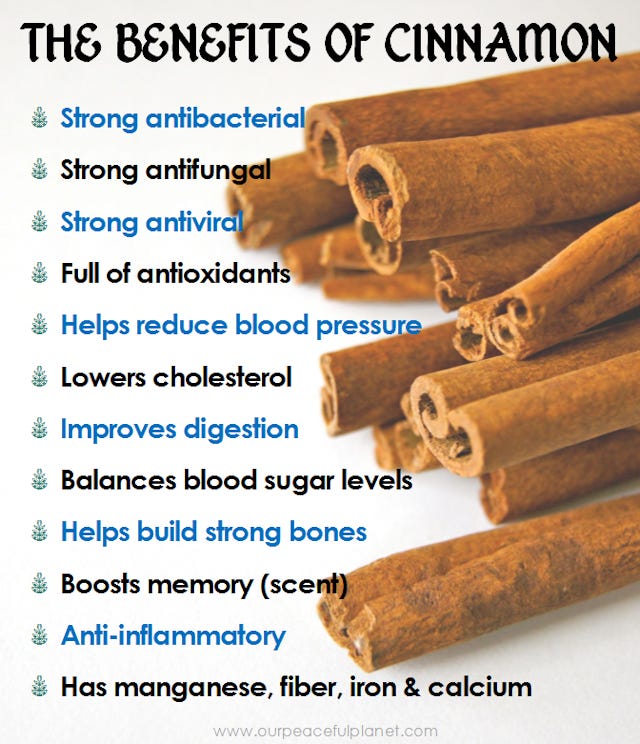
Cinnamon (Cinnamomum verum, C. zeylanicum) and cassia (C. aromaticum) has a long history of uses as flavouring agents, preservatives, spices, and pharmacological agents (Qin et al., 2010). In addition to its common uses, cinnamon has also been shown to have insulin-potentiating properties; cinnamon appeared to mimic the glucose-storing function of insulin (Qin et al., 2010). Moreover, cinnamon has been compared to other herbs and spices in in vitro (tests outside of the body) studies, and has shown its insulin-potentiating activity to be 20 times higher than other tested compounds (Qin et al., 2010).
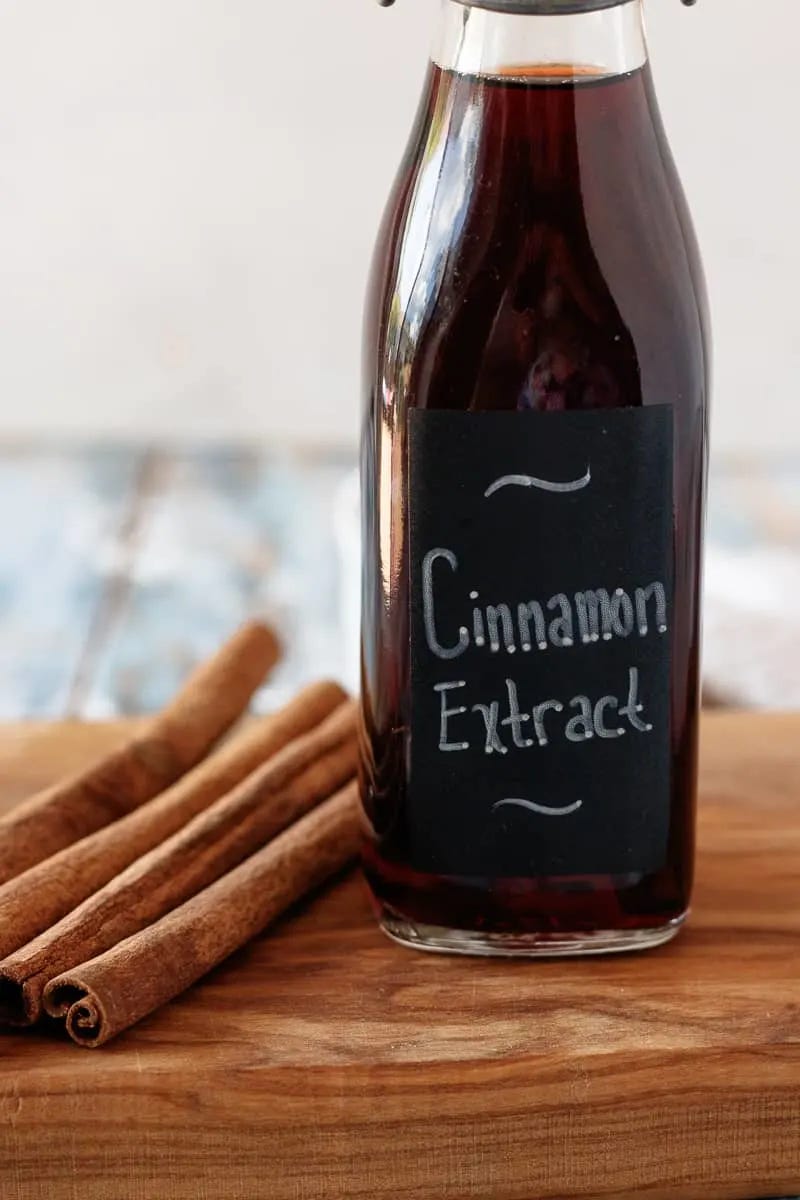
In vitro experiments with cinnamon has also been supported via human studies; the consumption of cinnamon has been shown to improve fasting glucose, blood pressure, lean body mass, and anti-oxidant status in those with metabolic syndrome (Qin et al., 2010). Although the sample size was small (limitation), Qin et al. (2010) cited a study whereby 22 subjects with metabolic syndrome were split into two groups; the experimental group ingested 500mg/day of a cinnamon extract, while the control group consumed a placebo each day. After 12 weeks, the experimental group showed statistically significant reductions in fasting blood glucose, in addition to reduced blood pressure and fat loss compared to the control group (Qin et al., 2010).
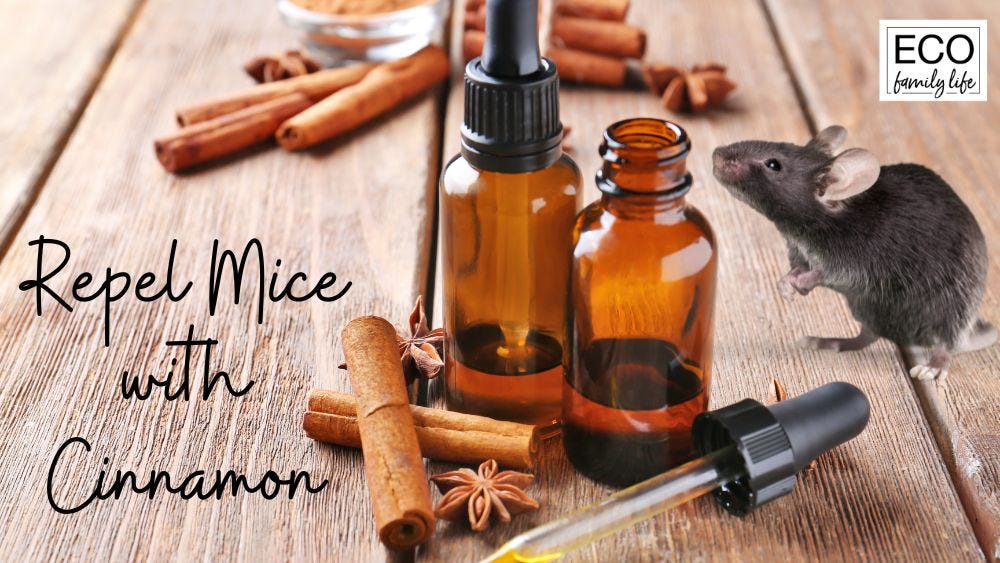
Although said in vitro and human experiments showed improvements in insulin sensitivity/reductions in blood glucose levels, it did not explain the possible mechanisms behind improved biomarkers. Qin et al. (2010) used rat models to explore such mechanisms; they noticed that rats that consumed cinnamon extract had higher glucose infusion (absorption) compared to controls.
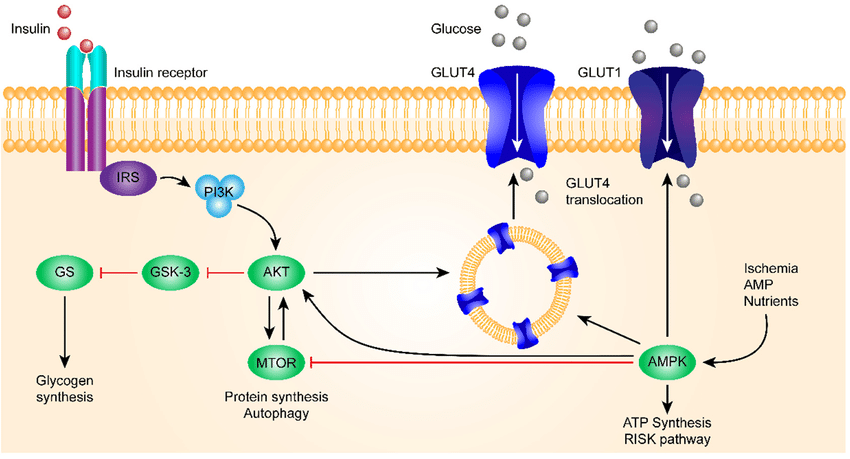
The researchers noted that insulin receptor beta (a cell wall receptor that is activated by insulin) and IR substrate-1 (transmits signals from insulin and insulin-like growth factor receptors into the cell), tyrosine phosphorylation (regulates intracellular processes), and phosphoinositide 3-kinase (involved in the insulin signalling pathway) were all enhanced by cinnamon extract (Qin et al., 2010). In essence, cinnamon improved insulin sensitivity by improving the aforementioned insulin signalling pathways.
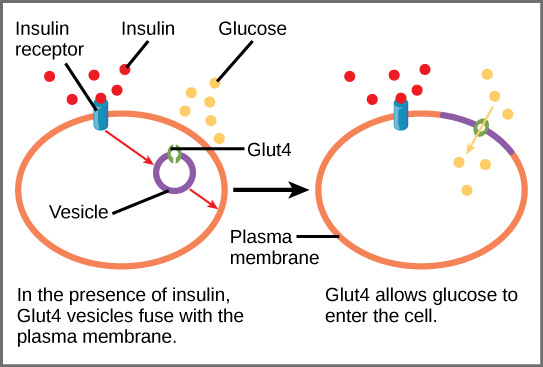
Another means in which cinnamon extract improves blood glucose levels is through the expression (synthesis) of glucose transporters (GLUT4) (Qin et al., 2010). GLUT4 are proteins found within adipose and skeletal cells, that when activated, move towards the outer cell membrane. Once in position, GLUT4 permits the facilitated diffusion of circulating glucose into muscle and fat cells. Thus, higher expression of GLUT4 helps reduce glucose levels, thereby controlling hyperglycaemia.
In conclusion, the aforementioned sections should remind readers that seemingly trivial spices, like cinnamon, could serve far greater roles than simply enhancing food palatability. Indeed, cinnamon consumption has been shown to help control blood glucose levels, insulin resistance, and metabolic syndrome. Ultimately, such knowledge should prove attractive to those suffering from said illnesses, as cinnamon is cheap, effective, and simple to implement in the diet.
References
Qin, B., Panickar, K. S., & Anderson, R. A., (2010). Cinnamon: Potential role in the prevention of insulin resistance, metabolic syndrome, and type 2 diabetes. Journal of Diabetes Science and Technology, 4(3), 685-693.
-Michael McIsaac
